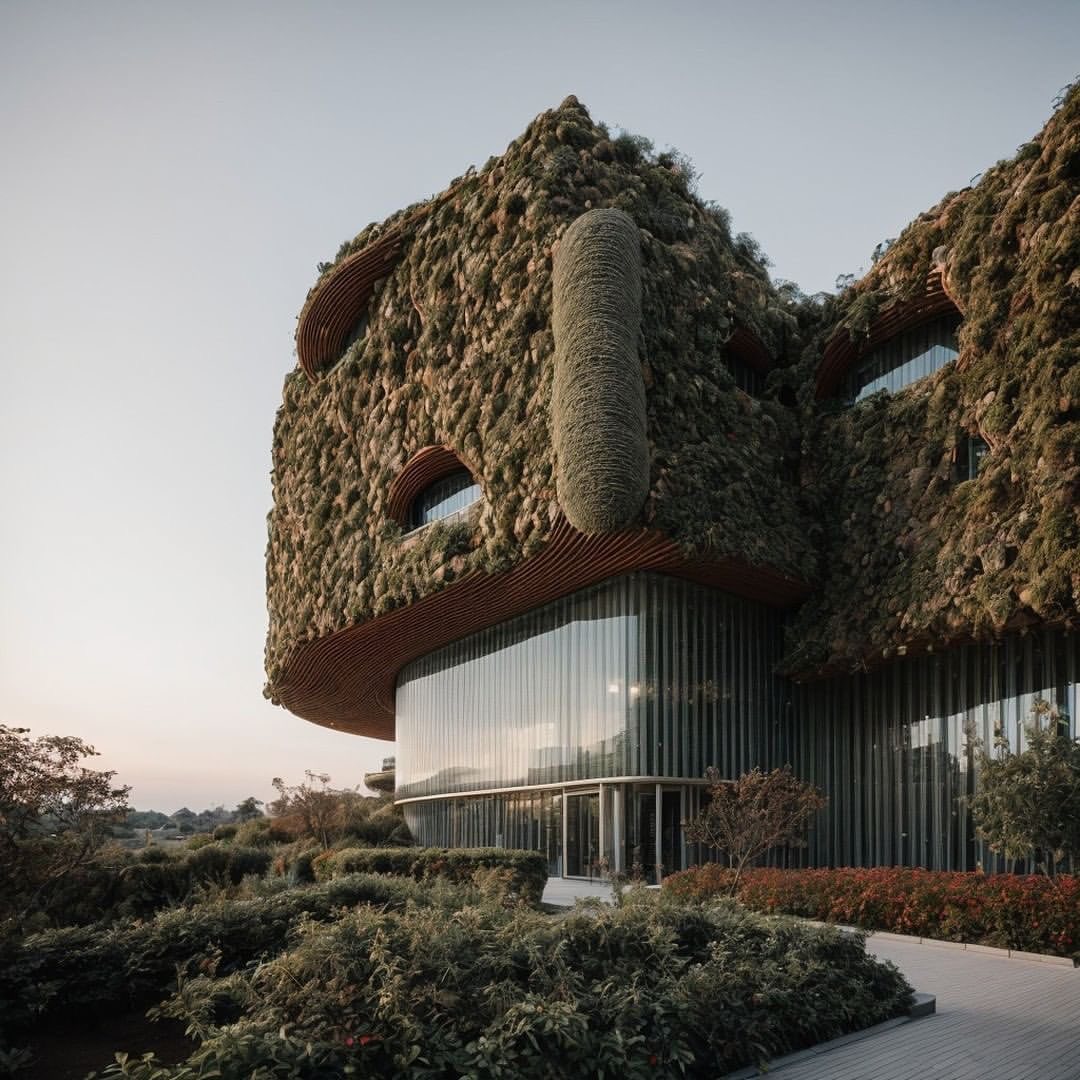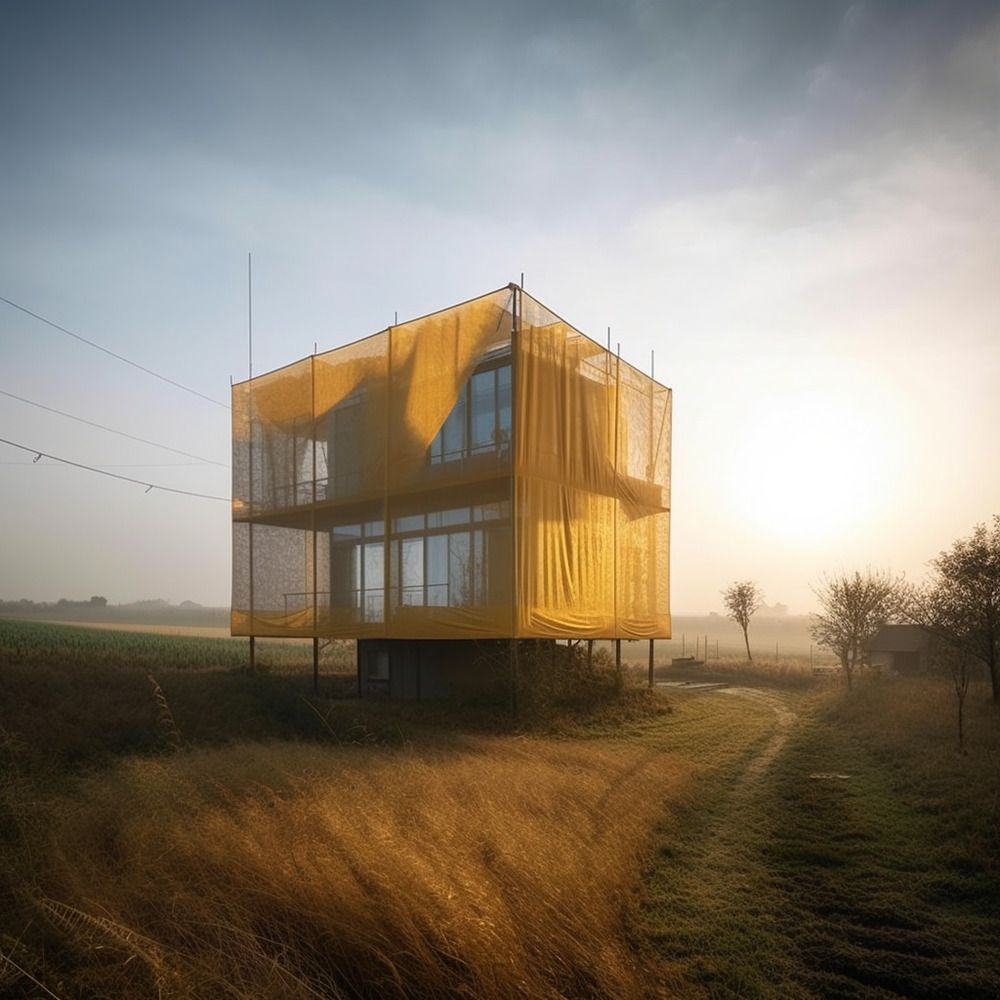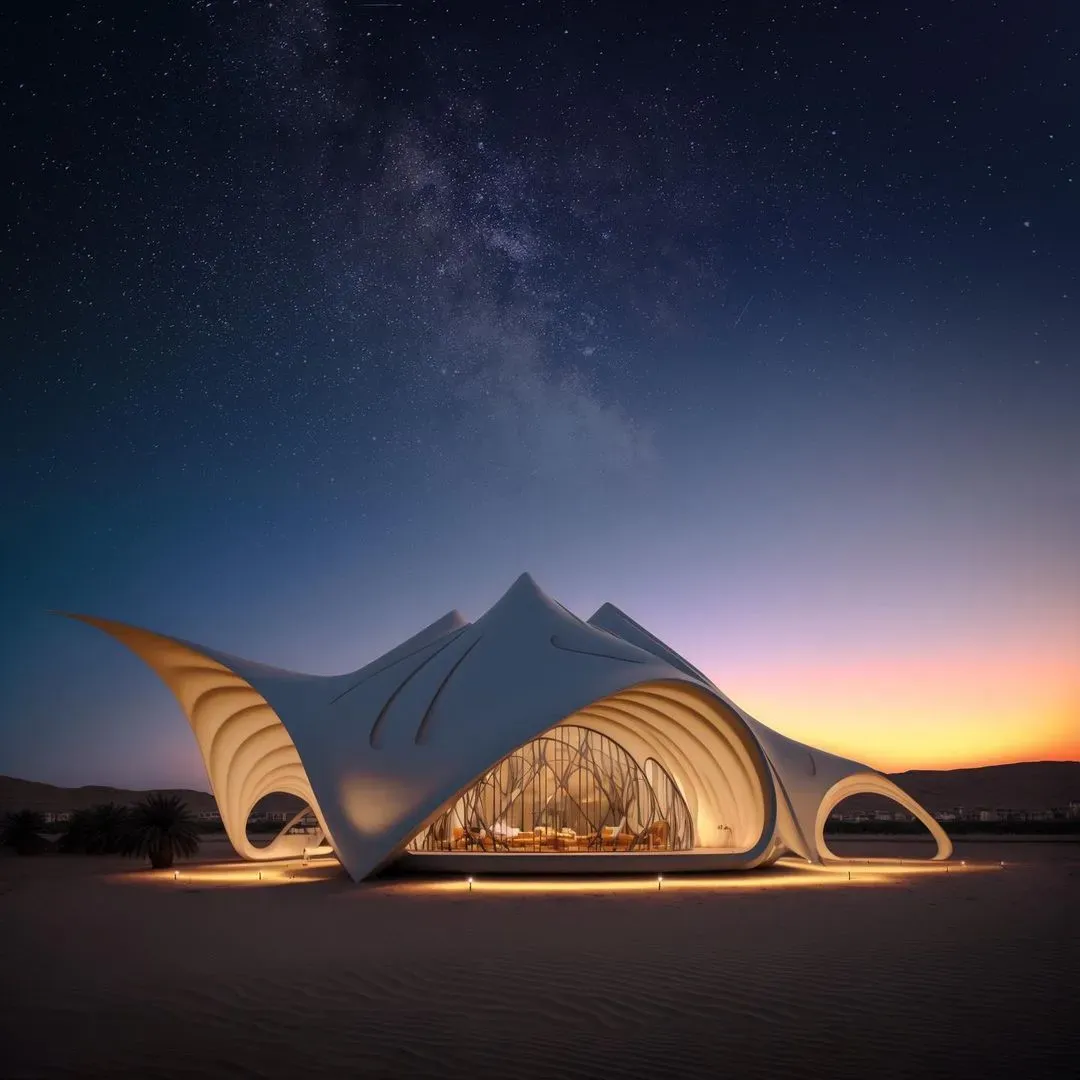Artificial Intelligence (AI) is a rapidly evolving technology that has the potential to revolutionise various industries, including architecture. The integration of AI into architectural processes and systems is already underway, and its impact is expected to be profound. In this article, we will explore the role of AI in architecture, the ways it is changing the field, and how architects can harness its power to enhance their work.
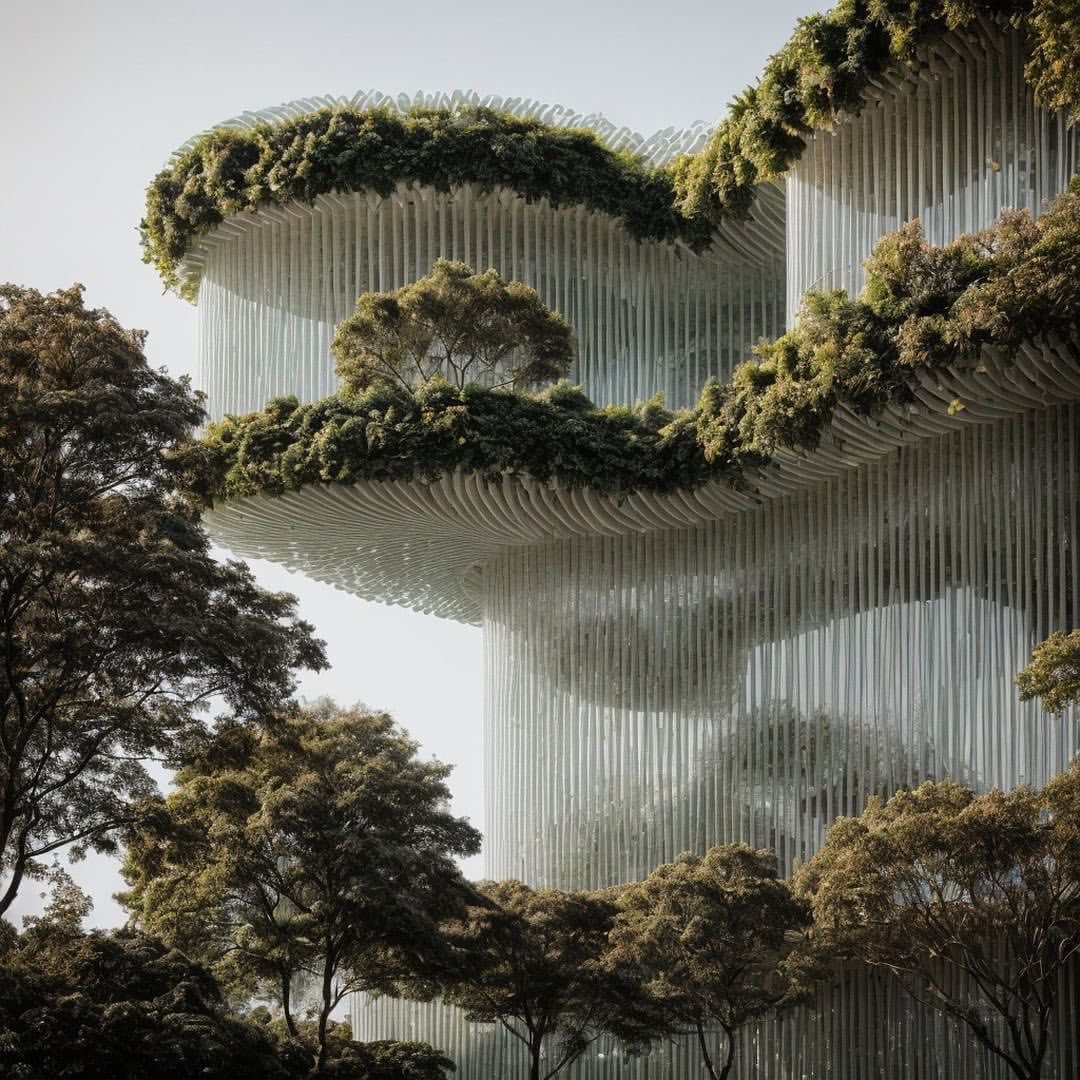
The Role of AI in the Architectural Process
AI, in simple terms, refers to computer systems that can perform tasks traditionally done by humans. It encompasses a range of technologies, such as machine learning, natural language processing, and computer vision. In the context of architecture, AI can simulate reasoning, learning from experiences, problem-solving, and more.
AI is a powerful tool for architects as it can handle repetitive tasks and process large amounts of information at a remarkable speed. It enables designers to make decisions and solve problems more efficiently, freeing up valuable time for more creative and critical thinking tasks.
While there is concern about AI replacing architects and designers, it is unlikely to make them obsolete. Architects possess unique skills and abilities that AI cannot replicate, such as analysing complex situations, understanding the needs of end-users, and making informed design decisions. AI should be seen as a complement to the architect's work, enhancing their capabilities rather than replacing them.
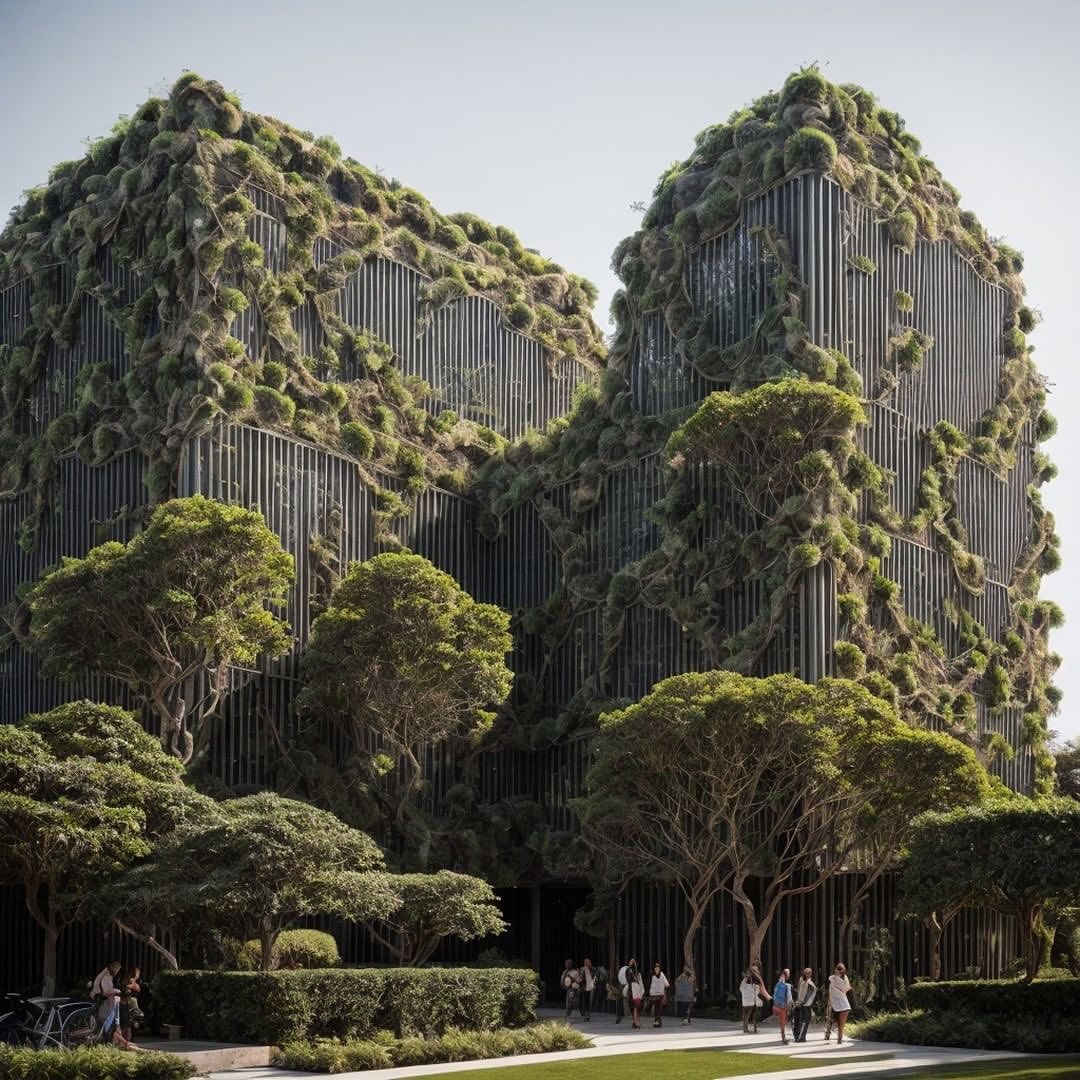
How AI is Changing Architecture
The integration of AI into architecture has the potential to revolutionise the field in several ways. Let's explore five key areas where AI is making a significant impact:
1. Streamlining the Pre-Design Phase
Traditionally, architects spend a considerable amount of time in the pre-design phase, planning and refining the project before any construction begins. AI can drastically reduce the time required for this phase by providing architects with access to a vast database of designs and building codes. With AI, architects can generate design variations in real-time, allowing for quicker decision-making and more efficient collaboration with clients.
2. Enhancing Building Information Modeling (BIM)
AI-powered modeling software, such as Grasshopper, has revolutionised the design process by enabling architects to explore complex shapes and forms. These tools eliminate much of the guesswork and trial-and-error traditionally associated with planning. Architects can experiment with various design options, allowing for more innovative and creative solutions.
3. Revolutionising Urban Planning
AI is also transforming urban planning by enabling professionals to design cities and infrastructure more effectively. With access to real-time data, AI algorithms can analyse factors like traffic patterns, zoning laws, and environmental considerations to generate optimal designs. Additionally, the concept of smart cities, which leverage AI to enhance sustainability and quality of life, is becoming a reality.
4. Optimising Infrastructure Planning
Planning and managing cities and urban regions is a complex task, but AI is simplifying the process. Machine learning algorithms can automatically identify the most efficient routes for utilities, reducing time and labor-intensive planning efforts. Startups like Construction AI are automating repetitive tasks in large-scale urban development projects, allowing professionals to focus on more critical aspects of the planning process.
5. Revolutionising Construction Site Management
AI is already being used to monitor and optimise construction site operations. It can track the movement and interactions of workers, materials, and equipment, ensuring safety and productivity. Additionally, emerging technologies like 3D printers and robots are being developed to perform construction tasks, making the process faster, safer, and more efficient.
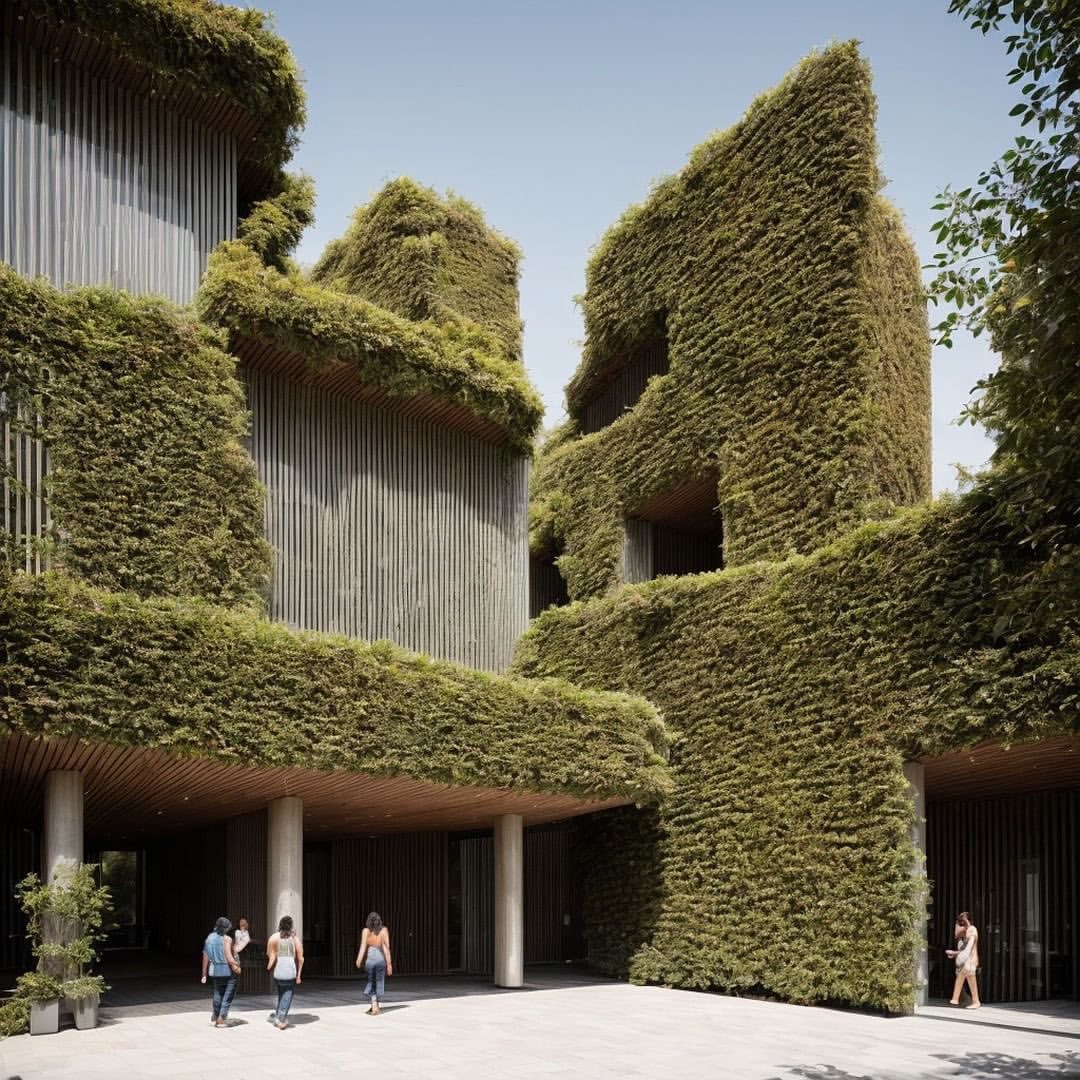
The Future of AI in Architecture
The integration of AI into architecture is still in its early stages, but its potential is enormous. As AI continues to advance, we can anticipate further breakthroughs in areas such as generative design, material optimisation, energy efficiency, and sustainable architecture.
Architects should embrace AI as a tool to enhance their work rather than fear it as a threat to their profession. By leveraging AI-powered tools and algorithms, architects can streamline their workflows, improve decision-making, and unlock new creative possibilities. However, it is crucial to remember that AI should not replace the human touch and the unique insights that architects bring to their projects.
AI is revolutionising the field of architecture by streamlining processes, enhancing design capabilities, and optimising construction. Architects who embrace AI and harness its power will lead the way in innovation and creativity in the industry. By combining the strengths of AI with their own expertise, architects can shape a future where buildings are not only visually stunning but also sustainable, efficient, and responsive to the needs of their inhabitants.
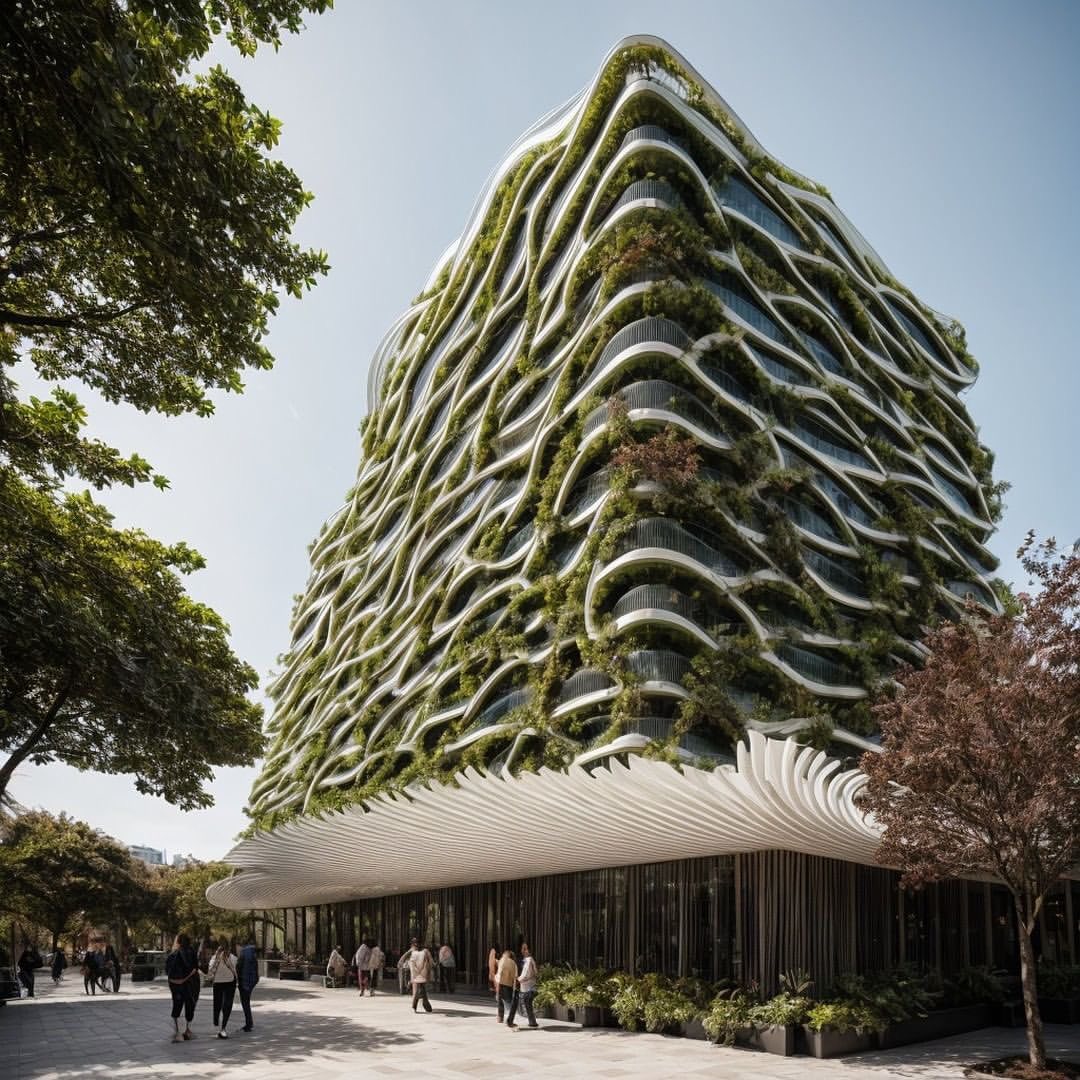
This article is part of our AI series, which explores the impact of artificial intelligence (AI) on design, architecture and humanity, both now and in the future.


